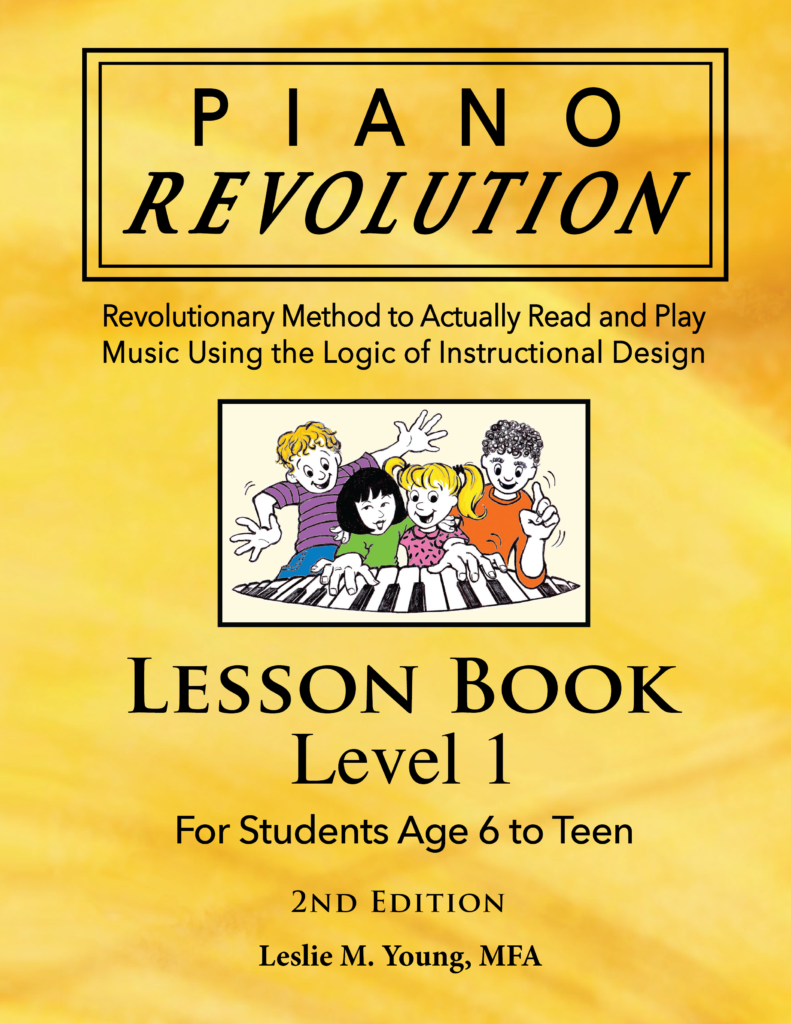The New 2024 PIANO REVOLUTION is Here!
Introducing the new website and brand changes . . .
Revolutionary Piano Method
has changed to
Piano Revolution
Why the Change?
The decision to change from “Revolutionary Piano Method” to
“PIANO Revolution” emphasizes the method’s logical and enlightened approach. This new title better emphasizes its innovative use of
Instructional Design that is ground-breaking!
The website also changes ~
is now
PianoRev.com
So What Makes It Different?
About a year ago I came across this 1956 comparison study of popular piano method books from the 1840s to 1950s. Some of the statements made in the comparisons of these courses included:
- The main pedagogical weakness is the insistence on using position playing. Position-playing approaches afflict so many other methods currently in vogue.
- American-trained Suzuki students often cannot read music, depend too much on playing by ear, and can lack a strongly developed technique.
- Students who have been raised on this method exclusively sometimes seem to have limited competence in note reading and undeveloped technique.
- There is too much off-the-staff reading in the beginning.
- The lesser focus on note-reading slows the student’s reading ability and progress.
Put Your Current Piano Method to the Test
Of course, there have been new piano methods published since this study of 1956. Consider how the method book you currently use addresses the five main issues listed above. Does it have an easily identified methodology for introducing note-reading, or does it rely on hand positions, finger numbers, and/or rote repetition (without a critical-thinking process) as crutches the student must use in order to play any written notation?
That comparison really takes a conscious effort on the part of the professional teacher – to consider perhaps breaking away from the popular publications generally accepted. For the parent as teacher in homeschool settings, a comparison should reveal which method book is immediately understandable and “doable” – so that the parent only needs to be a guide and facilitator who follows a flow of easy and precise instructions – using a proven and tested method that provides successful learning results.
Which Piano Method to Use?
How to Decide? Test Them!
I don’t mean to buy a lot of different kinds of method books, but you can easily look at the first several pages through Amazon or even music stores.
What do you see? Do the instructions make sense? Are they clear in text and in illustration?
Are the first few pages easy to completely understand? So easy you may think you don’t even need a teacher to start piano lessons?
Take a look at this early page in Book 1 of PIANO Revolution for young students aged 4 and 5. A thinking-process is used in order to read written music quickly – NO HAND POSITIONS ARE USED! There also is no reliance on finger numbers to identify keys. The student verbally identifies the line or space letter AS the piano key is played so there is genuine learning at the first lesson!
To a person untrained in music, this may just seem logical. To teachers who have used many methods to read music, this is REVOLUTIONARY! In the words of one parent/teacher: “This is HUGE!”
Check Out the New 2024 Website of PIANO Revolution
On the new website you’ll find the original
- First Lesson Overview
- Young’s video explaining the method
- Most popular Blogs
- Q & A Section
- Sample pages and descriptions of each book for every age group
NEW TITLES!
The book title, Revolutionary Piano Method, has changed to PIANO Revolution – for each series of books targeted by age level:
PIANO Revolution Itty Bitty
For Young Students Age 4 to 5 years old
– books levels 1 through 5
PIANO Revolution
For Students Age 6 to Teen
– books levels 1 through 6
PIANO Revolution
For Older Teens to Adults
– books 1 through 3
PIANO Revolution
Teach Yourself to Improvise with Chords
All the books will still be available through Amazon. You may easily link to Amazon by clicking on the desired book cover on PianoRev.com. You can also go to Amazon and search for the complete book title.
Join the revolution today!
Discover how you are freed to actually learn with
PIANO Revolution
What Would the First Lesson for a Young Student Look Like?
What Would the First Lesson for a 6 to Teen Look Like (video)?
View sample pages of all the books for students
ages 6 to teen:
View sample pages of all the books for students
4 to 5 years old:
View sample pages of all the books for older
teens and adults:
View the books on Amazon:
About the Author, Composer, Illustrator,
Educator, and Eternal Optimist

Leslie Young is the author/composer/illustrator of the PIANO Revolution method books (originally titled as the Revolutionary Piano Method). She co-founded a K-12th grade charter school in Texas and has been a piano teacher for over 40 years. She has had experience teaching a variety of students tackling piano for the first time or as returning students.
Leslie believes that “learning to play the piano is more about diligence and perseverance” – but would add that just as critical to success is the method that is used, the pattern of critical thinking, and the instructional principles that promote immediate success.
She states: “In teaching piano to students of varying ages, what also varies is a commitment of time and the amount of dedication. Children of certain ages may do very well with a parent as teacher; others may need someone who is not family to instruct them. Some older children and adults prefer to make progress on their own, and this method is designed to act as a meticulous guide through new material. Some adults and teens insist on professional teachers, which also encourages continuity. Because these books are self-explanatory, a new or experienced professional teacher will have no trouble using the PIANO Revolution method with students. It’s an easy and effective way to learn piano.”










